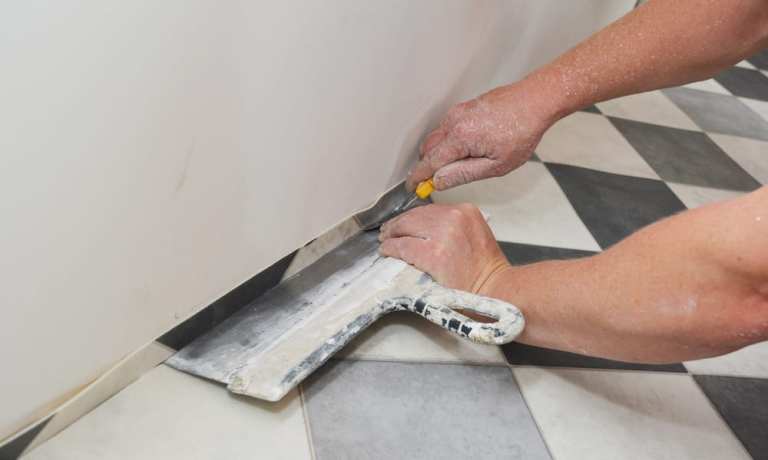Houzz: Home Remodeling Businesses Take Hit As Consumers Push Pause On Projects

At the start of 2020, things looked incredibly bright for the residential remodeling industry as a whole — unemployment was at 30-year lows, consumer confidence was at an all-time and bookings had healthy backlogs growing year-on-year. The year started with all the right elements in place to build out a solid showing.
But the unexpected injection of coronavirus in the mix, Houzz Senior Economist Marine Sargsyan told Karen Webster in a recent conversation, has greatly chilled a lot of that early-on optimism, and replaced it with deep-seated uncertainty about what the next several months will look like. Among the firms that Houzz recently surveyed, she noted, entrepreneurs on both the design and construction side of the business remain by nature optimistic people.
The majority still believe the year may yet still turn out well, or neutral by the year’s end. According to Houzz’s most recent round of survey data, she noted, 66 percent of the firms in the construction sector noted a positive overall outlook and, while 56 percent reported the same in the architectural and design sector. Because firms — particularly those on the construction side — started the year strong and went into the quarantine period with a healthy backlog as of early Q2, activity hadn’t ground to a halt the way other sectors had already seen by early April.
But, she noted, even in those early weeks of Q2, the signs of pressure and future trouble had already appeared — the cracks in the foundation of the home remodeling industry were starting to make themselves known.
“What we are hearing is they have project delays, they have fewer business inquiries coming in and project cancellations starting to show up. By the numbers, 78 percent of projects are getting delayed due to materials shortages. Some 50 percent have reported supply shipping delays or cancellations. Also, this is such a global event. Everything is being affected by everything else and there is no standard definition of, ‘what is an essential business?’ What the professionals’ report is that they are very aware of these as concerns from their clients.”
Aware, she noted, because it is taking a massive bite out of their businesses — as some 75 percent report now having clients that are unsure when and if they want to move forward on building projects previously they have sought out.
However, the reason for that probably isn’t a single simple explanation, Sargsyan noted, but rather a complicated interplay of events. Because of shipping delays in a globally interconnected world, projects are delayed which makes consumers more hesitant to take them on. Layered onto that, she noted, there is a global economic catastrophe unfolding which has led a lot of consumers to rethink their spending and reprioritize their outlays of funds. And contributing separately from all of that, she noted, are the public health issues baked in, and consumer concerns about having strangers in their house and vice versa.
Houzz, she noted, is continuing to study that interplay of effects, among other topics related to the building industry’s general attitudes toward the future of the industry as a whole in its next quarterly report.
But, she noted, even as early as then end of Q1, the writing was clearly on the wall for most of the industry’s players — even if the exact message was still being decoded.
“There is so much uncertainty happening on both sides — from homeowners and professionals — that we are seeing a large and growing proportion of buildings and designers recognizing the severe impacts of the pandemic on the home improvement market,” Sargsyan said.
Severe and incredibly unpredictable because there are simply so many unknown variables still being ironed out in real time. The hope across the industry, she noted, is that more normal conditions are poised to emerge by the end of the second quarter — and when that event occurs they will be ready to “jump back into the swing of things.”
That optimism, however, is tempered by the reality of how incredibly fast and unpredictable every aspect of the COVID-19 epidemic has been so far, the relative uncertainty about consumers’ fortunes going forward and how and if the demand of the home construction field will change in the post-pandemic world.
But, she noted, she has also been impressed with how resilient the industry has turned out to be: How quickly digital interactions, voice calls, new work protocols and scheduling paradigms rose to fill a set of needs the market didn’t know it had until about a month ago. And perhaps, more importantly, the industry is ready to get back to work — and willing to build a better, safe and clear future of construction for tomorrow if that is what it takes to get them back onto building sites today.